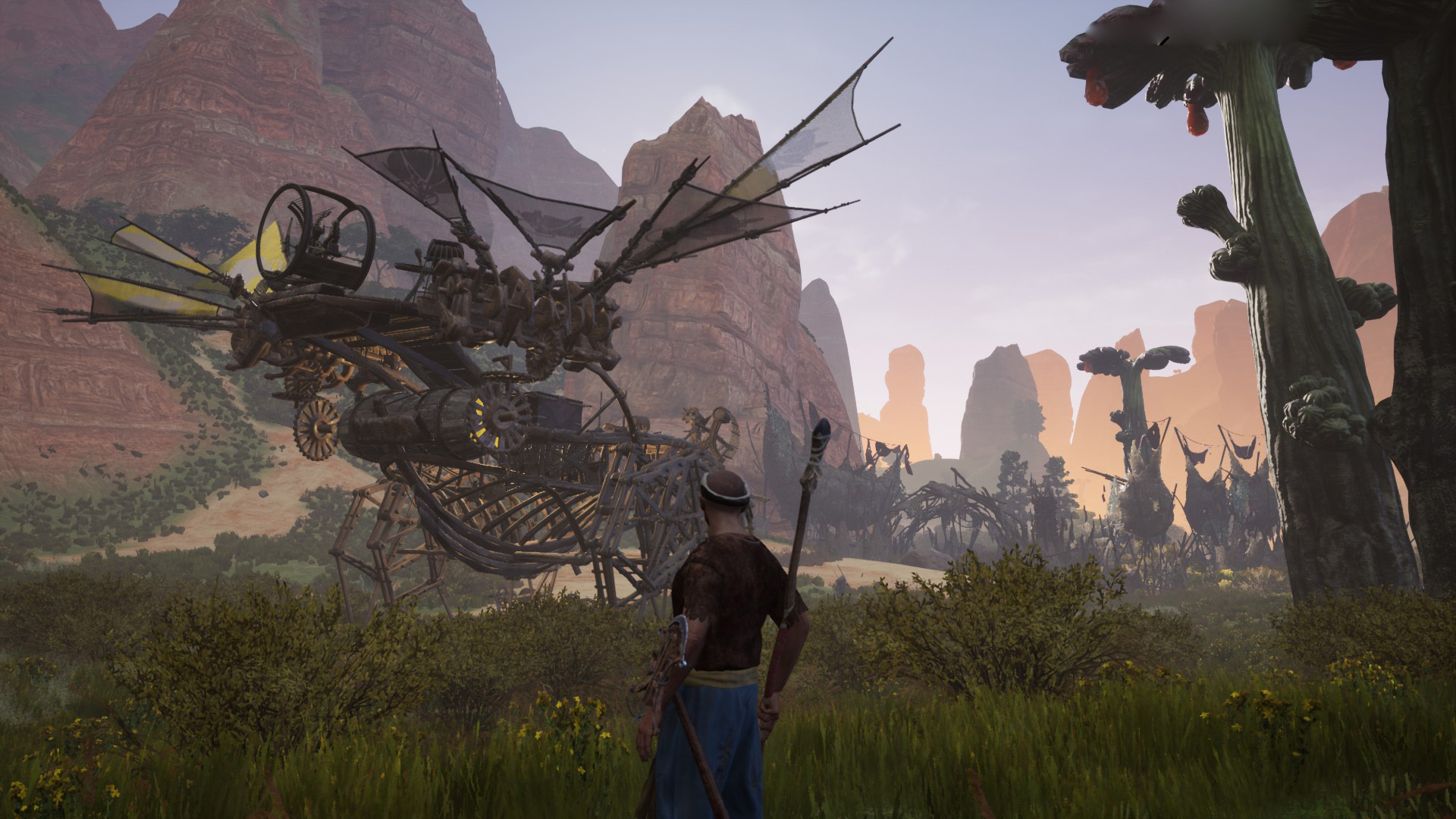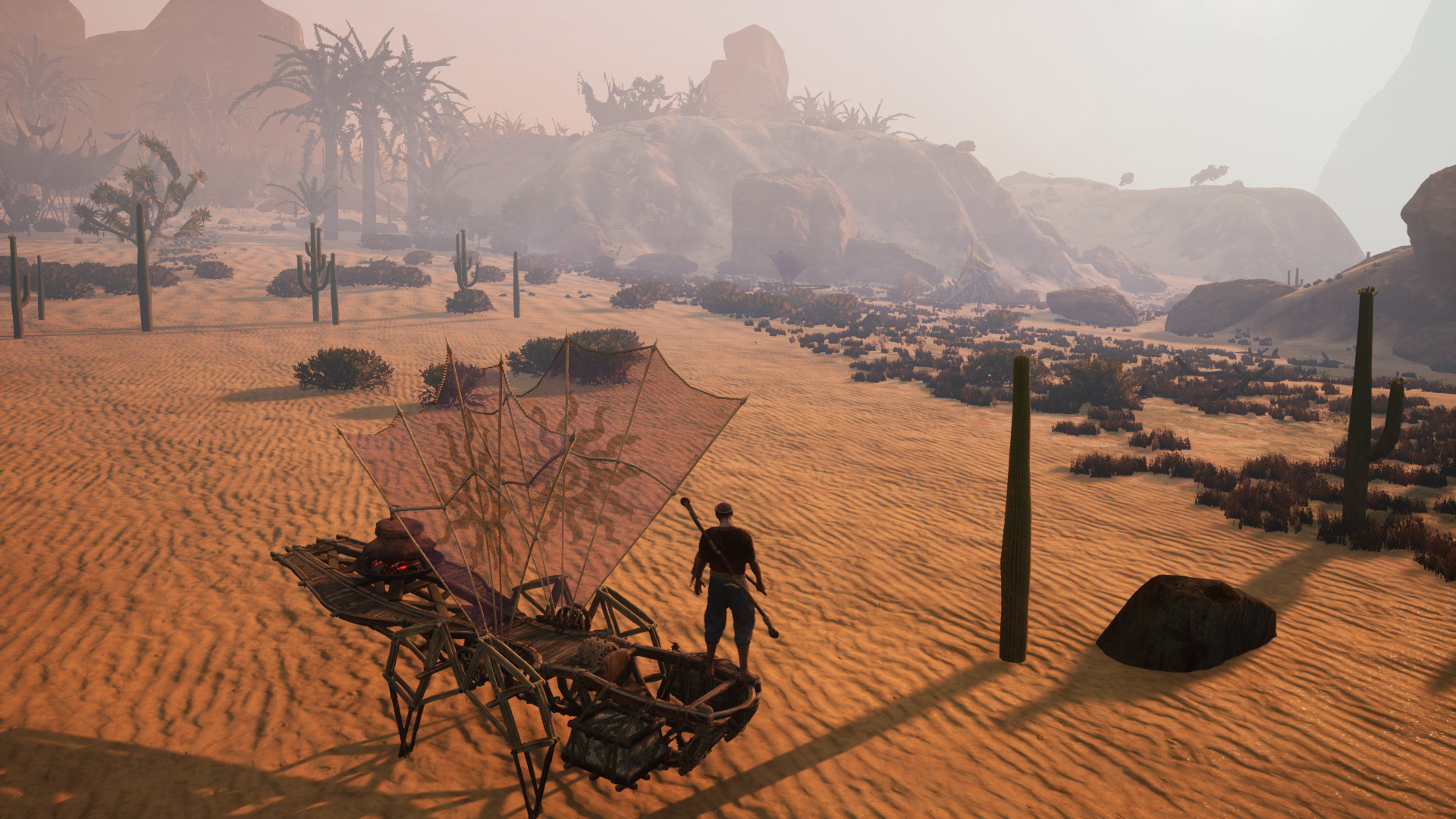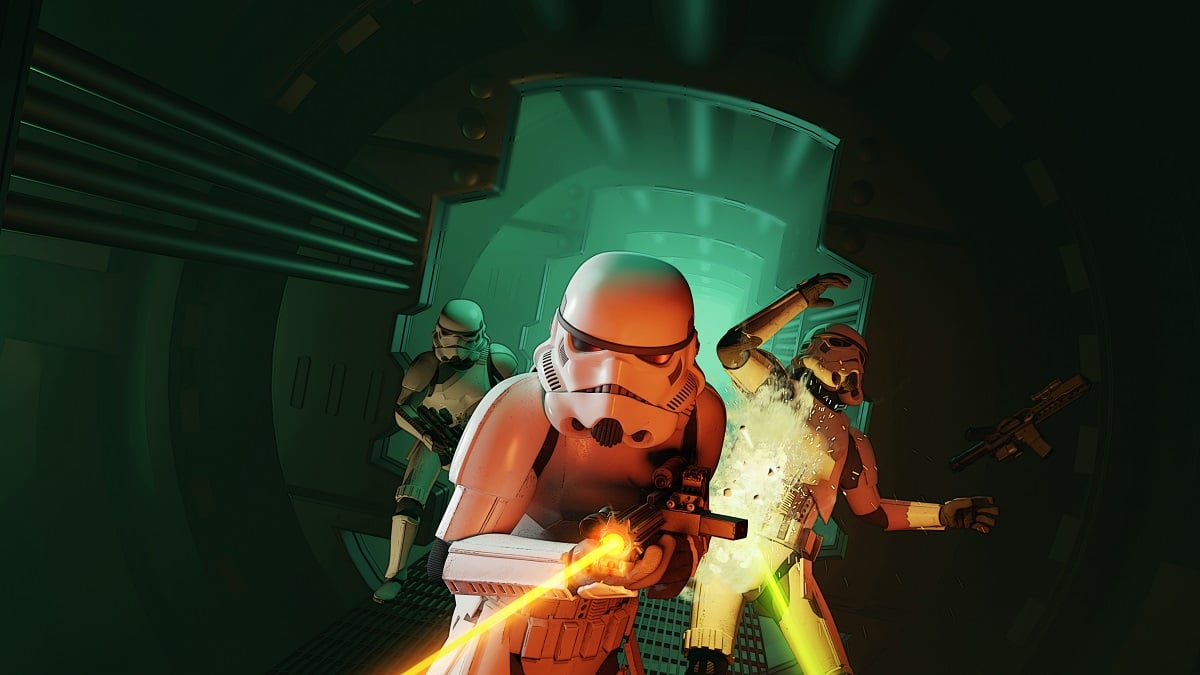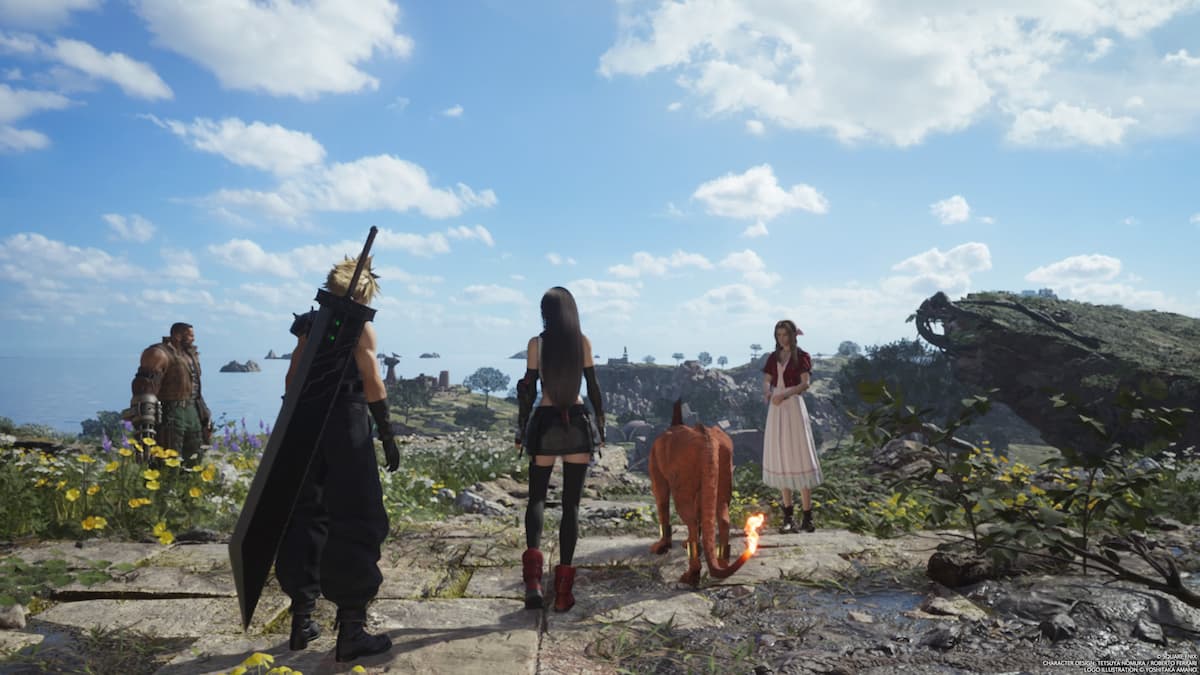
Sometimes I fear that open world survival sims are romanticising the very actual challenges concerned in carving out a nomadic existence on a planet that’s stopped rotating by developing elaborate wood spider-cars and captaining them throughout huge deserts, forming clans and buying and selling restricted assets to take management of the world’s remaining oases.
When the world finally does cease turning, I concern that this technology, spoon-fed by games that promised pleasant escapism to survivalist playgrounds, will the truth is be ill-equipped for the tough actuality of repeatedly punching cactuses till their pockets refill with cactus flesh.
Last Oasis is the latest offender, a multiplayer craft ‘em up set on the narrow habitable strip of a tidally locked Earth, between the half that’s being baked and the half that’s being frozen, wherein you journey round on strandbeests in the hunt for water, meals and the varied bits of rubbish required to maintain you alive. What is a strandbeest? They’re the real-world creation of Dutch artist Theo Jansen: numerous multi-legged, wind-powered kinetic constructions that resemble Ok’nex figures and skitter throughout seashores like scorpions product of chopsticks. They exist within the area between artwork and engineering, says the artist, and are neither dwelling nor useless, although if we’re being pragmatic, they’re precisely as alive as a bag of broom handles rolling down a hillside.

Whether alive or not Jansen’s invention is completely entrancing. Wing-like mechanisms seize the kinetic vitality of the ocean breeze and switch it by way of some inscrutable machinations into the movement of a set of bug-like legs and undulating worm our bodies. They seem unusually natural, like automobiles from another dimension the place wheels had been by no means found, and towards the backdrop of the windswept and metal-grey seashores of the North Sea they seem totally alien. You can’t assist however surprise what it will really feel prefer to get run over by one, all of its scuttling wood ft trampling in your bare torso. It would in all probability really feel good.
Strandbeest clearly captured the imaginations of the builders of Last Oasis, who’ve positioned them entrance and centre of their distinctive open world journey. You’re a nomad on a ceremony of passage, ejected from your own home aboard the flotilla – an unseen, city-size strandbeest that scoots round the one little bit of the planet that’s nonetheless the appropriate temperature – and compelled to scramble for survival in an surroundings that handily comprises every little thing you can presumably require, simply mendacity about on the bottom.

At the game’s outset you’re a veritable useful resource hoover. Tapping away on the harvest key whereas merely working in a straight line fills your stock with copious quantities of the standard suspects – wooden, stone and fibre – till you’ve received all of the detritus it is advisable begin chipping away on the game’s blossoming tech tree, developing campfires to distill water from cactus flesh and constructing spinning wheels to weave fibre into helpful fabric. It’s not lengthy till you’re in a position to construct your very personal, personal-sized walker, which you’ll be able to then journey across the desert like a land-faring pedalo.
The relationship between participant and automobile places me in thoughts of the desolate side-scroller Far: Lone Sails, or a land-based variant of the sea-faring survival sim, Raft. This cute little walker, which you’ll be able to give a reputation to in case you’re feeling affectionate, could be loaded up with water, assets and helpful equipment and acts as a form of roving base of operations. You respawn there in case you’re ever clubbed to dying by the rupu – the primitive monkey tribe who’ve made their dwelling among the many dunes in little mud huts on stilts – and you should utilize scavenged assets to enhance its attributes and add weapons and armour.

The small walkers are unexpectedly enjoyable to drive too, able to reaching speeds that may ship them whizzing over the lips of sand dunes. The greater walkers are endlessly creaking in oaken agony, like they’re all the time seconds away from collapsing right into a pile of splinters.
From the second you’ve received a automobile, you spend a lot of your time raiding rupu camps for the elements wanted to assemble ever extra elaborate walkers, which require more and more giant participant crews in an effort to correctly workers and function. Last Oasis is a co-operative and clan-focused MMO, and whereas it’s completely doable to scoot about in your lonesome, every little thing in regards to the game funnels you in direction of teaming up with different gamers aboard super-sized strandbeest after which bullying or subjugating any weaker nomads you encounter. Oases exist as instanced zones internationally map, and the most important walker in any given oasis – for so long as it may maintain its place towards any chancers – is granted possession of that space and most of its assets.

For conflict-averse me that’s all the time the least interesting a part of these sorts of MMOs, which frequently search to enchantment to new gamers simply sufficient to create a gentle stream of human fodder for its handful of closely invested, prized veterans. Those multiplayer survival games that shovel novice gamers into the meat grinder are like a snake consuming its personal tail, or how the Matrix needed to be designed with simply sufficient distress and hardship that masochistic human brains would discover it believable. I’m a PvE boy, and I don’t care who is aware of it.
Your mileage might range, however I a lot want the elements of Last Oasis wherein I’m fully alone, consuming mind-altering, psychoactive cactus berries to place in me within the trance-like state required to think about a brand new type of walker, or utilizing a grappling hook to rappel into an unsuspecting rupu’s hut like some post-apocalyptic Spider-Man in the hunt for vines and pelts.
Give me isolation in an enormous expanse of nothing-to-do, getting excessive on a concoction of nutritional vitamins as I journey a kinetic construction impressed by a Dutch artist throughout the desolate rocky panorama of a Eugen Bracht portray. It’s actually not a lot to ask.


